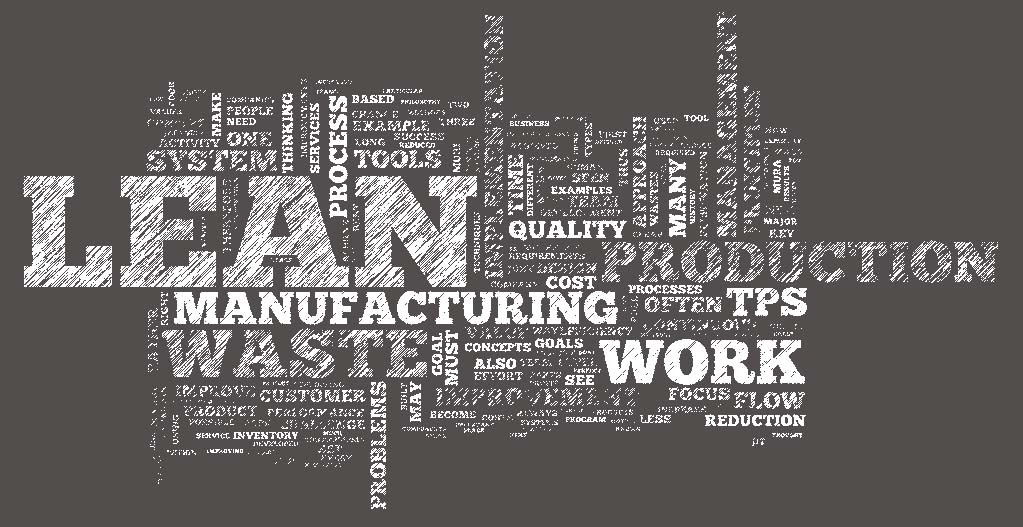In this article and on this website, we’re going to provide you with some solid tips on the process of lean manufacturing. When you’re just starting out a new method of workplace development, or you are trying to improve on your current operational standards, then this guide will help you figure out what you need to do in order to help your business better sustain it in the long run.
What is Lean Manufacturing?
If you’re new to the principle of “lean”, then this section is for you. Lean is a way to train, adapt your business to focus on removing and reducing waste on various levels. By wasting time, to elements, water, and supplies, you are using up that precious thing that your business needs in order to run – money.

By utilizing a lean system, you will come up with standard operating procedures, policies, and more in order to retain quality, efficiency in the workplace (for everyone involved in the process of the manufacturing), as well as improve good production.
The main problems that suppliers and their production changes have are listed below
- How complex their system is
- Waste of production time
- Moving goods from and supplies from one place to another
- Poor inventory recording methods
- Their labor costs and spending
- How good (or expensive) their packages cost to make.
- Costs of utilities and overall cost to manufacture products.
When you’re using lean methods, you will eliminate other things than this list that contribute to “waste” for your company. Is this a food manufacturing facility? If so, you may need to worry about things like water waste management and filtering in order to create safe sanitation practices. Things like safety and OSHA regulations need to be considered as a part of your plan as well when it comes to waste management.
- Your first step is the cutting down on waste because of this. By doing this, you’ll be implementing your first primary foundation on which to base the rest of your lean business practices on.
- Be sure to take overstock into account, as this can cause manufacturing issues, such as slowdowns, and your overstock can get in the way of the process.
- Help train others in problem solving, conflict resolutions, and include your employees and fellow manufacturers in the process of what your solutions are to be.
- Cut down on some of your divisions. Everyone should be treated equally important, no matter what their position or department is.
- When it comes to the above mentioned, be sure that training is more detailed than just individual department training. For example, make everyone take training on eliminating waste so they can be included. This will help your company because more employees will do what they need to.
- The most common form of lean principal is for manufacturing, but in today’s society, manufacturers
- Cut labor costs down by making sure that the volume of production to the need for employees fits well. Some companies have actually achieved a fully successful manufacturing process with a “24/7” uptime by utilizing rotating shifts (having rotating 3 and 4 day shifts).
- Keep inventory items close hand, while those that aren’t needed as much further away from the production area.
While there are many more ways to incorporate lean production in the manufacturing industry, these main tips will help cut your costs, improve your workplace efficiency, and help make everyone happier and more productive (as long as you are a good owner to your employees of course, with ethics incorporated).




